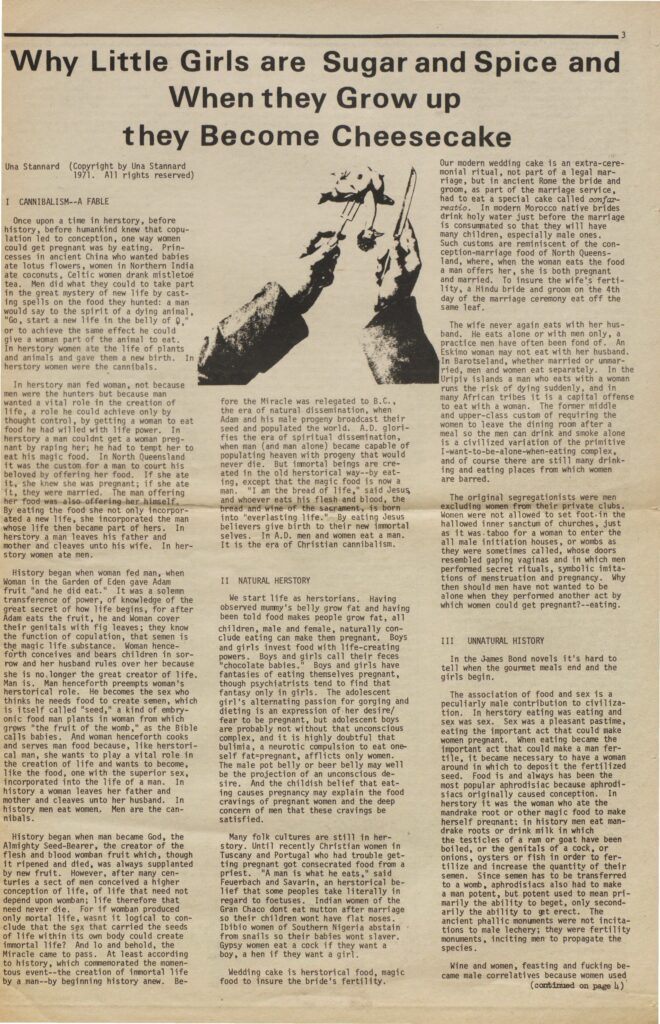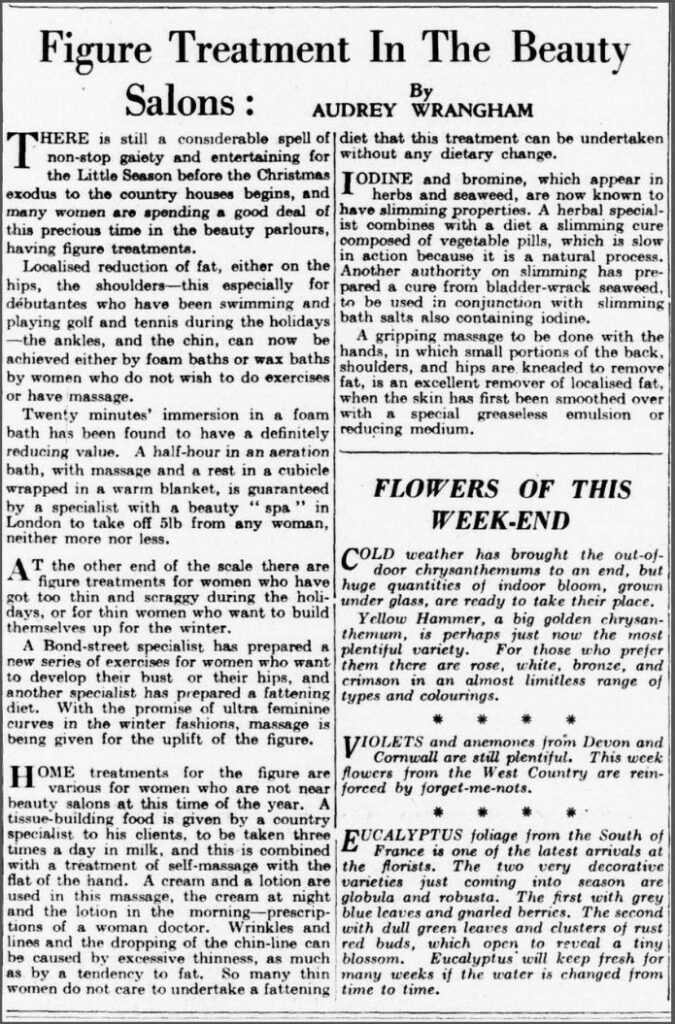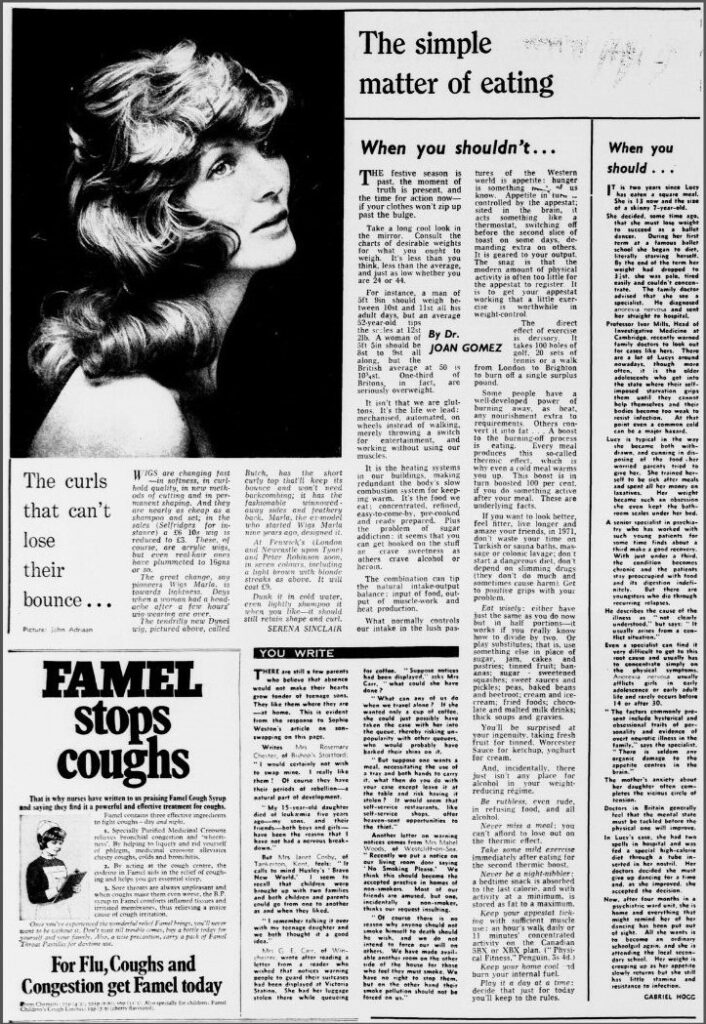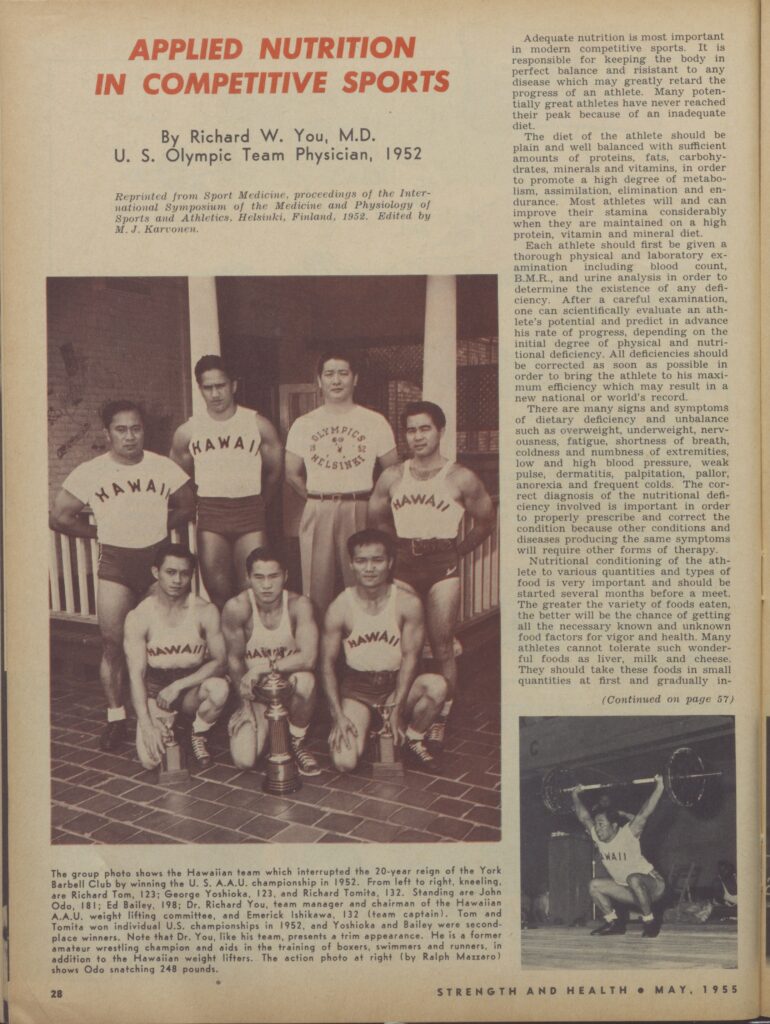│By Lebohang Seganoe, Gale Ambassador at the University of Johannesburg│
As a child, you absorb everything you are taught within the community you are raised in. Because your mind is still developing you rarely question how different someone’s reality might be from your own. I grew up in a society that had strong views on beauty standards. These include that a woman in her prime must have a full face and big curves, and she must look like she is eating well so that her potential spouse can see that she can bear as many children as possible. This post will explore different beauty standards and their impact on women’s bodies.
Food and Health
Surprisingly, I found an article from Gale Primary Sources that notes that there has been a historical discourse regarding food and fertility. Regions such as North Queensland believed that certain types of food increased fertility and would be used in such a way that would be part of the ceremonious act of courtship and in promoting fertility and conception.

The danger lies when young people have been encouraged by society from a young age to overeat without considering the contents of what they eat and the potential health issues that come with overeating, such as being extremely overweight and diabetes and heart disease, which are prominent medical conditions that many black South Africans suffer from.
Dietary Changes and Eating Disorders
Diet has over the past three centuries changed drastically. From historically foraging food to becoming agriculturalists, humankind has come quite far regarding their relationship with food and the land. Hippocrates’s theory about the humors maintains that to have a healthy body one must pay attention to what they eat. This view has been the driving force within the medical industry in its attempt to find a solution for the influx of people who have been medically diagnosed with eating disorders.
There are a wide variety of reasons why people have developed eating disorders across the globe, these mainly fall within the sphere of political and socioeconomic factors. Since the industrial revolution in the eighteenth century, there have been changes as people moved away from being agricultural workers to working in cities. This heavily influenced the working class’s eating habits in cities such as London because they only had access to poor quality foods and were prone to experiencing health complications. Whilst the middle and upper classes had access to ample and better foods. However, they were subjected to experiencing eating disorders such as obesity and bulimia.
From the mid-twentieth century, South Africa experienced changes with an influx of poor black migrant workers moving away from living off the land to seek employment in mining cities such as Johannesburg due to land no longer being able to provide food. The cities, vastly different from homesteads and farms, were filled with a wide unrestricted variety of fast-food establishments which because of convenience many were attracted to eat from.
Over the twentieth century doctors have attributed the effects of eating disorders to be a result of not only our less physically active lifestyles that came with the availability of transportation systems, but the decrease in food quality which came with the increased production of convenience foods.
Western standards of beauty by contrast have promoted thinness as being attractive. The culture of the promotion of untested products has been prevalent since the late nineteenth century. These were aimed at young women who were concerned about how their weight would affect their marriage prospects. With the development of print media, the prevalence of quacks and the unethical pharmaceutical industry, the promotion of certain medicines and drug therapies have been advertised in posters, newspapers, and magazines throughout the twentieth century in an attempt to attract the eyes of young women who aspire to follow the standards of western beauty.

The Cosmetic Surgery Boom
The entertainment and creative arts industry has a reputation for failing to protect young models and encouraging them to maintain a healthy diet. Instead, it plays an active role in body shaming women to the extent that they develop bulimia. This is prevalent and consequently, many young models experience mental health decline and undergo psychiatric evaluations and voluntary care in psychiatric clinics.
In today’s world, the cosmetic surgery industry is booming because both women and men use this route to mould themselves into what is fashionable. Consequently, many choose this shortcut instead of receiving a proper psychological evaluation that ensures that they understand what they are getting themselves into and use safer ways of securing a body type one might want through as exercise and a better diet. The article below illustrates the appalling measures a young ballerina took to maintain and thrive in her role in the highly physically demanding industry.

Eating Disorders in the Media
Throughout the twentieth century, there has been media attention which aimed to highlight the dangers of eating disorders. For instance, the 1955 article below discusses how in the sporting industry there has been a growing emphasis on eating nutritious meals to be healthy.

Using Digital Archives to Explore Eating Disorders
It is interesting that in today’s world, we may think that health topics such as eating disorders are fairly new. Being a researcher and going through digital archives can be a very useful tool to help you gain knowledge that would have been difficult to obtain. It is also worth noting that when looking for answers as to what can be done to teach people about eating disorders and nutrition one should also consider other factors that result in eating disorders, such as social and economic disparity, and putting forth strategic programs that help to cope with social pressures of attaining certain beauty standards.
If you enjoyed reading about eating disorders, check out these posts:
- New Environmental History Archive: Colonial Policy and Global Development, 1896-1993
- How Gale’s Archives Supported My Thesis on the Politics of Contraception in South Africa, 1970s–80s
- Uncovering a History of Disabilities: Disabilities in Society, Seventeenth to Twentieth Century
Cover image
Ogawa, Kazumasa. “A Scene of a Meal.” Japanese Old Photographs in Bakumatsu-Meiji Period, Primary Source Media. Nineteenth Century Collections Online https://link.gale.com/apps/doc/AQFQBR427521721/GDCS?u=webdemo&sid=bookmark-GDCS&xid=d9999c1b&pg=1

